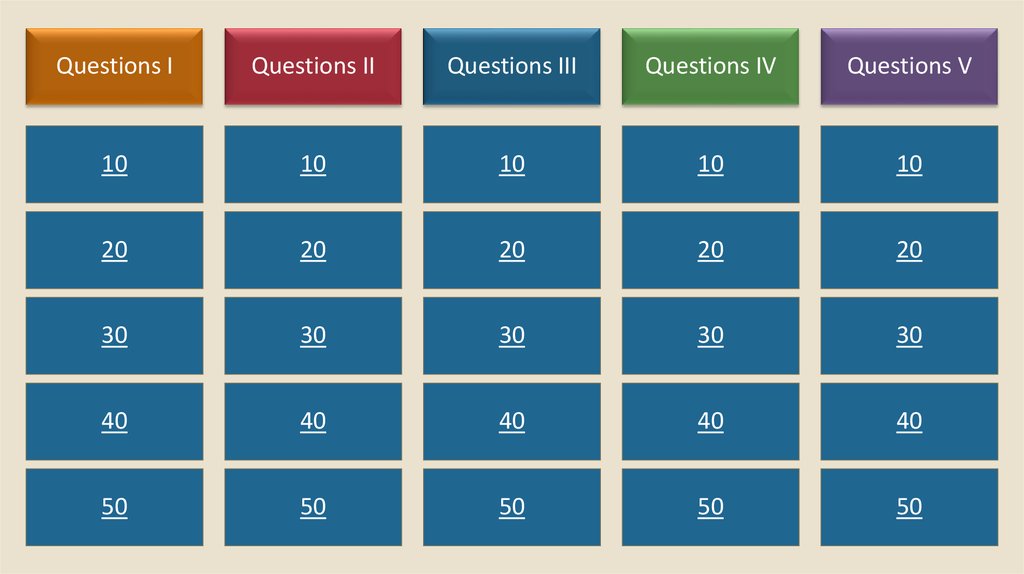
Academic success is directly affected by students' attendance. Students must attend school regularly, be punctual, and show up on time. In addition, students must understand their moral responsibility toward their school. It is important for students to finish their daily chores at the house and participate in school activities. They must be polite and supportive on the playground. Lastly, students must pay attention to their teachers.
Characteristics of students at school
It is important to know the characteristics of your students at school. This will determine their engagement and learning. These characteristics are a key skill for professional teachers. Students have two basic types of characteristics: cognitive and motivational-affective. Cognitive characteristics refer to students' general cognitive abilities, while motivational-affective characteristics include students' interests and self-concept of ability in certain subject domains. Both of these types of characteristics are dynamic and teachers must be able identify when students engage in learning activities.
Teachers can use classroom observation as a tool to identify student characteristics. This is done by looking at the students' behavior cues, and their underlying characteristics. They may also be able to model the behavior of students with similar characteristics.

Strategies to reduce student absences
Absences can cause serious problems for schools. Seven states fund school districts according to attendance. Districts with low property taxes use attendance revenues to make ends work. Schools have been increasingly looking to outside organizations for help in finding effective solutions. One such organization, Attendance Works, has partnered with thirty-four school districts in 32 states to develop strategies to reduce student absences in schools.
A second effective way to prevent student absences is to involve parents. This will allow parents to be updated about the student's attendance and grades as well as any disciplinary issues. Schools can increase their retention rates by engaging parents in the problem of absenteeism. This will help maximize their ROI. Schools can make this happen by implementing mobile-first student attendance tracking systems like Creatrix's Student Attenance Management System.
The impact of parental involvement upon student attendance
According to Blackboard a website that tracks parental involvement, parental participation has dropped since 2016. This low level of involvement shows that parents aren't as involved with school activities as in the past. Parents have become more interested in online communication with teachers. Low attendance may also be related to a decreasing time commitment by parents.
Research shows that student achievement is linked to high levels parental involvement. Students with more parental involvement score better on standardized exams, receive higher grades and are more likely attend school regularly. They also tend to be more successful in class. They are also more likely develop social skills and complete their education. The greatest effects of parental involvement have been found to be on reading and school-related expectations.

Impact of COVID-19 on student attendance
Students who are absent from class have a negative impact on their ability to learn. It is therefore crucial to understand the root causes of absence and to develop a plan to improve attendance. To increase attendance, it is necessary to expand the reach of these efforts. This strategy may require aggressive strategies to engage parents and school social workers in many school systems.
This approach, while not without its flaws, does have its merits. It can be a useful way to monitor the epidemic's progress and find the root causes of low attendance. The school attendance rate is an important indicator of health and a predictor of student success. The rise in chronic absenteism in the US is worrying. Recent research in Detroit showed that 70% percent of students were regularly absent. Parents also reported that computer problems were a major reason for chronic absenteeism. Even with the huge investments made in technology, the district was unable to meet the new challenges.
FAQ
What is an alternate school?
Alternative schools are designed to provide students with learning disabilities with access to education through the support of qualified teachers who can understand their needs.
The aim of an alternative school is to provide children with special educational needs with the opportunity to learn within a normal classroom environment.
They are also provided with extra assistance when necessary.
An alternative school isn't only for those who have been expelled from mainstream schools.
They are open to children of all abilities and disabilities.
What does it mean for a teacher to teach early childhood education?
Early childhood educators must have specialized training. Most states require teachers to be certified by their state boards before they can work in public schools.
Some states require teachers who teach math or reading to pass tests.
Some states require teachers with early childhood education degrees to complete a set number of hours.
Most states set minimum requirements for what a teacher should know. These requirements can differ from one state to another.
Is it difficult for a teacher to become?
Being a teacher is a huge commitment. You will need to give a significant amount time to your studies.
While working towards your degree, expect to be working around 40 hours per work week.
A job that is flexible with your schedule is another important consideration. Many students report having trouble finding part-time jobs that allow them to balance their schedules with schoolwork.
You will likely teach classes once you have been hired as a full time teacher. You may also need to travel between schools each week.
Is there a specific skill required for my chosen profession?
You will need to be able to communicate effectively in writing if you wish to become a lawyer. To be a nurse you need to be able communicate with patients. Excellent math skills are required to be an accountant. These are only a few examples. Take a look at all the things that you love doing. What type of job can you do to keep doing what you love? If you want to be an engineer, you'll need to learn how to design structures and machines. You will need to know basic math in order to succeed in this field. A basic understanding of numbers and statistics is necessary to succeed in business. Communication skills are essential for teachers and other professions. You will need to be able teach and assist others.
Statistics
- And, within ten years of graduation, 44.1 percent of 1993 humanities graduates had written to public officials, compared to 30.1 percent of STEM majors. (bostonreview.net)
- In most developed countries, a high proportion of the population (up to 50%) now enters higher education at some time in their lives. (en.wikipedia.org)
- Data from the Department of Education reveal that, among 2008 college graduates, 92.8 percent of humanities majors have voted at least once since finishing school. (bostonreview.net)
- They are also 25% more likely to graduate from high school and have higher math and reading scores, with fewer behavioral problems,” according to research at the University of Tennessee. (habitatbroward.org)
- They are more likely to graduate high school (25%) and finish college (116%). (habitatbroward.org)
External Links
How To
What is vocational training?
Vocational Education prepares students for work by giving them skills that are required for a specific job, such as welding. This includes apprenticeship programs and on-thejob training. Vocational Education is different than general education. It focuses on specific careers and not learning broad knowledge for the future. Vocational training is not designed to prepare individuals for university but rather to assist them in finding jobs upon graduation.
Vocational education could be offered at all levels, including primary schools, secondary school, colleges and universities, technical schools, trade schools as well community colleges, junior college, and four-year schools. You can also find specialized schools such a culinary arts school, nursing school, law school, medical schools or dental schools. Many of these schools provide both academic instruction as well as practical experience.
A number of countries have made significant investments in vocational education over recent decades; for example, Australia, Denmark, Finland, Germany, Ireland, Japan, Luxembourg, New Zealand, Norway, Poland, Sweden, Switzerland, the United Kingdom, and the United States. However, it is not clear if vocational education is effective. Some critics believe it doesn't help students get hired, while others claim that it helps prepare them for life after high school.
According to the U.S. Bureau of Labor Statistics 47% of American adults have a postsecondary certificate. This figure is higher among those with more education: 71% of workers aged 25-29 with a bachelor's degree or higher are currently employed in fields requiring postsecondary credentials.
According to the BLS, nearly half of America's adult population held at least one postsecondary credential in 2012. About one-third of Americans held a two-year associate degree, while about 10 percent held a four-year bachelor's degree. One out of five Americans held a master's degree or doctorate.
The median annual wage of a bachelor's degree holder was $50,900 in 2013, compared with $23,800 for someone without one. The median income for those with advanced degrees was $81,300.
The median wage for people who did not finish high school was only $15,000. A person with a lower high school diploma earned $13,000 annually.